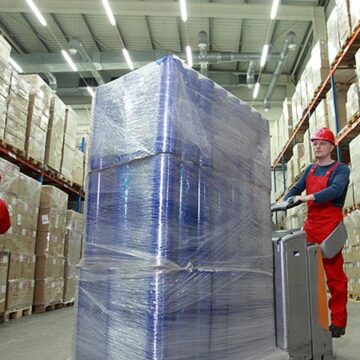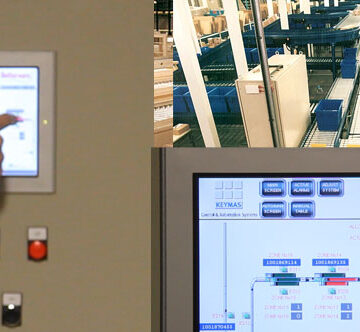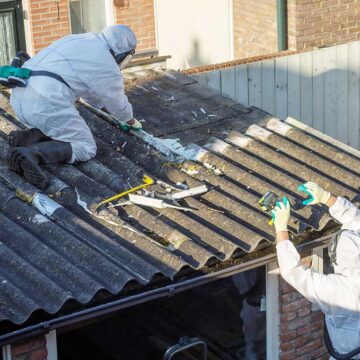When it comes to brine industrial services, anyone looking for more information about using it for discharging and recycling could be wondering about the meaning of brine waste or how they can dispose of or treat it. Brine is generally any solution with an extremely high salt concentration like sodium chloride, which can happen as the industry byproduct or naturally like salt lakes, deep-water ocean pools, seawater, etc.
In some cases, brine waste or byproducts are highly concentrated salt solutions and have several more than twice the amount of concentrated salts. Based on the process of the brine waste byproduct, brine waste can carry several contaminants. There can be discharge or threat challenges from brine waste streams since their purification and composition requirements tend to be complex and dynamic. Here are a few instances of brine waste created as a byproduct of the industry:
- Irrigation runoff
- Desalination waste from potable water creation
- Food preservation and manufacturing waste streams
- Mine drainage and acid rock
- Chlor-alkali and chemical plant waste
- Produced water from extracting natural gas and oil
- Reverse osmosis (RO) and ion exchange waste/reject streams
- Cooling tower and boiler effluent
People either treat or recycle brine waste for use in the facility’s process for disposal. A high concentration solution of salt can reduce thermal conductivity. As such, people reuse and recycle brine waste as a cooling agent for steel heat exchangers in several power plants.
They often treat brine to remove dissolved oxygen and other harmful contaminants since brine waste tends to be highly corrosive to plant machinery. There will be an increase in that risk with the presence of dissolved oxygen and other contaminants.
There is also a need to adjust pressure, temperature, and other threshold limitations during production because of the brine stream’s varying salt concentrations. To ensure that they meet the relevant purification requirements, experts need to test facilities that use brine as part of their process frequently. Therefore, brine industrial services need to evaluate what people are using brine for and how and where they discharge or recycle it to ensure its composition remains appropriate for the disposal of the process.
How to Recycle Brine Waste for Reuse
Several brine industrial services know that brine industrial processes are part of their practice, including chlor-alkali manufacturing plants, lithium carbonate, sodium hypochlorite, hydrometallurgy, etc. People must keep in mind that brine leftover from production most times accumulates contaminants along the way, regardless of whether their facility is using the recycled brine waste for, including:
- Suspended solids
- Phosphates, nitrates, and sulfates
- Organic compounds
- Hardness
- Heavy metals
- Silica
People can recreate the brine waste with pH adjustment, additives, polymers, and coagulants to settle out several larger contaminants like sulfates, metals, and other suspended solids that can foul membranes cells down the production line. Many ion exchange technologies and membranes can produce a useful brine stream and prevent these issues for your process. Toxic metals like manganese, vanadium, iron can find it hard with the fouling of downstream equipment if a chlor-alkali plant is looking to reuse brine waste.

















